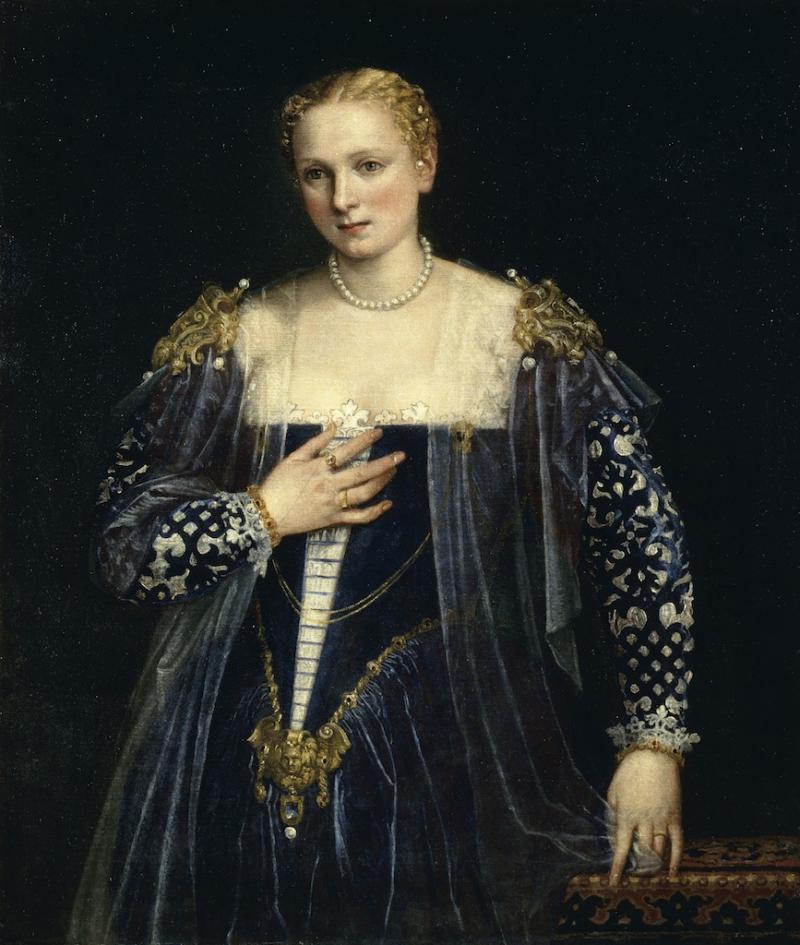
Veronese Magnificence in Renaissance Venice, National Gallery The Arts Desk
Paolo Caliari, known as Paolo Veronese (1528-1588), was an Italian Renaissance painter, based in Venice, known for large-format history paintings of religion and mythology, such as The Wedding at Cana (1563) and The Feast in the House of Levi (1573).
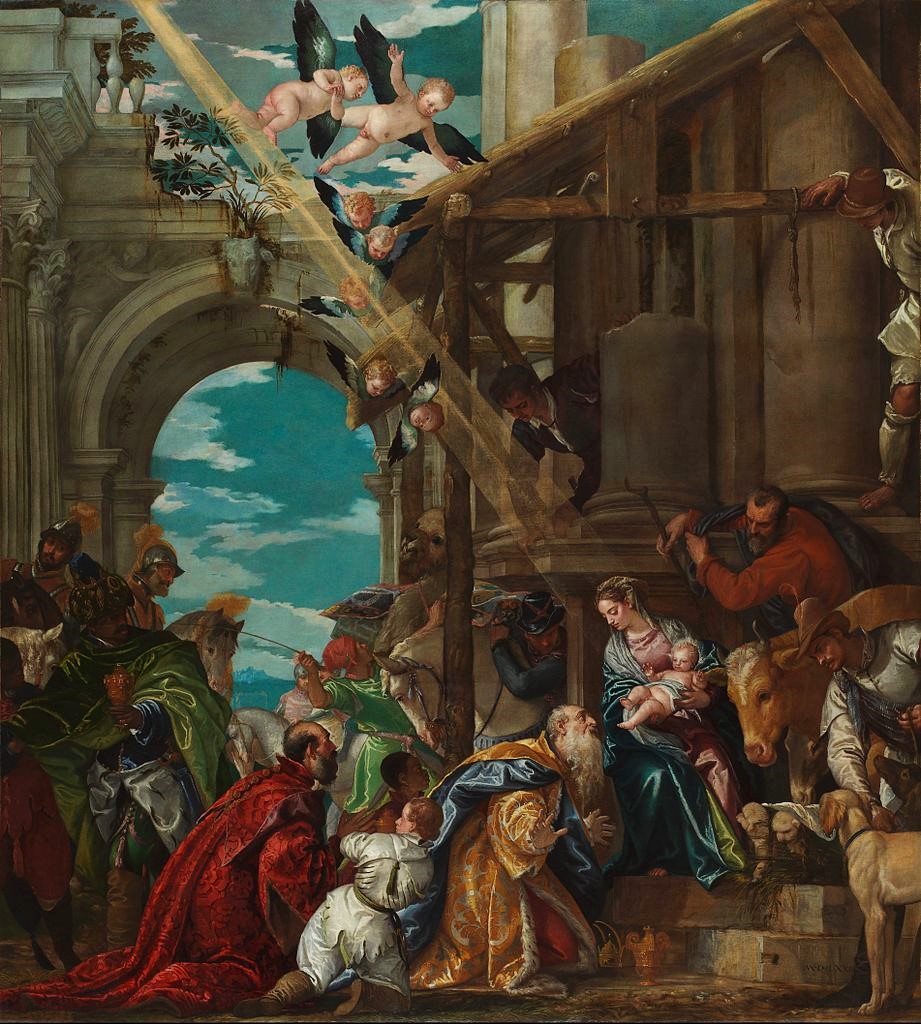
Le Muse PAOLO VERONESE (1528, Verona 1588, Venezia) Adorazione dei Magi, 1573, Olio su tela
Email: [email protected] / Phone: +44 7429 011000 Paolo Veronese didn't paint pictures. He painted stories. His brush drew from allegories, myth, and history, and that brought a wealth of richness to every canvas he touched. His paintings were sprawling tales of the society he lived in, so he was adored by Renoir, Delacroix and Rubens.

Paolo Veronese A Master and His in Renaissance Venice Ringling Museum Sarasota
Details Title: The Choice Between Virtue and Vice Creator: Paolo Veronese (Paolo Caliari) Date Created: ca. 1565 Physical Dimensions: 86 1/4 x 66 3/4 in. (219.1 x 169.5 cm) External Link:.

Paolo Veronese Allegory of Love
Self-portrait of Paolo Veronese (Paolo Caliari), 1528-88, via The State Hermitage Museum, St. Petersburg Paolo Veronese's destiny bears similarities to those of other Renaissance painters: he was born into an insignificant family, taken as an apprentice at a young age by a distinguished master, then promoted by prominent and wealthy patrons. However, even this familiar narrative hides.

Paolo Veronese (15281588) Assessment Tutt'Art Pittura * Scultura * Poesia * Musica
Paolo Veronese See all media Category: Arts & Culture Byname of: Paolo Caliari Born: 1528, Verona, Republic of Venice [Italy] Died: April 9, 1588, Venice (aged 60) Notable Works: "Adoration of the Kings" "Apotheosis of Venice" "Feast in the House of Levi" "Last Supper" "Mars and Venus United in Love" "Story of Esther"
Grabados De Calidad Del Museo techo decoración Detalle 10, 1578 de Paolo Veronese (15281588
Allegory of Virtue and Vice or The Choice Between Virtue and Vice or The Choice of Hercules is a painting by Paolo Veronese, created circa 1565 in Venice, Italy and now located in the Frick Collection.It is a large-scale allegorical painting depicting Hercules' struggle between virtue and vice, personified here by the figures of the two women physically pulling him in different directions.
Museu De Reproduções De Arte Casamento em Cana (detalhes)2 por Paolo Veronese (15281588, Italy
November 2011 Paolo Veronese's paintings are grandiose and magnificent visions of the spectacle of sixteenth-century Venetian life. His art is inextricably linked to the idea of opulence and splendor in Renaissance Venice.
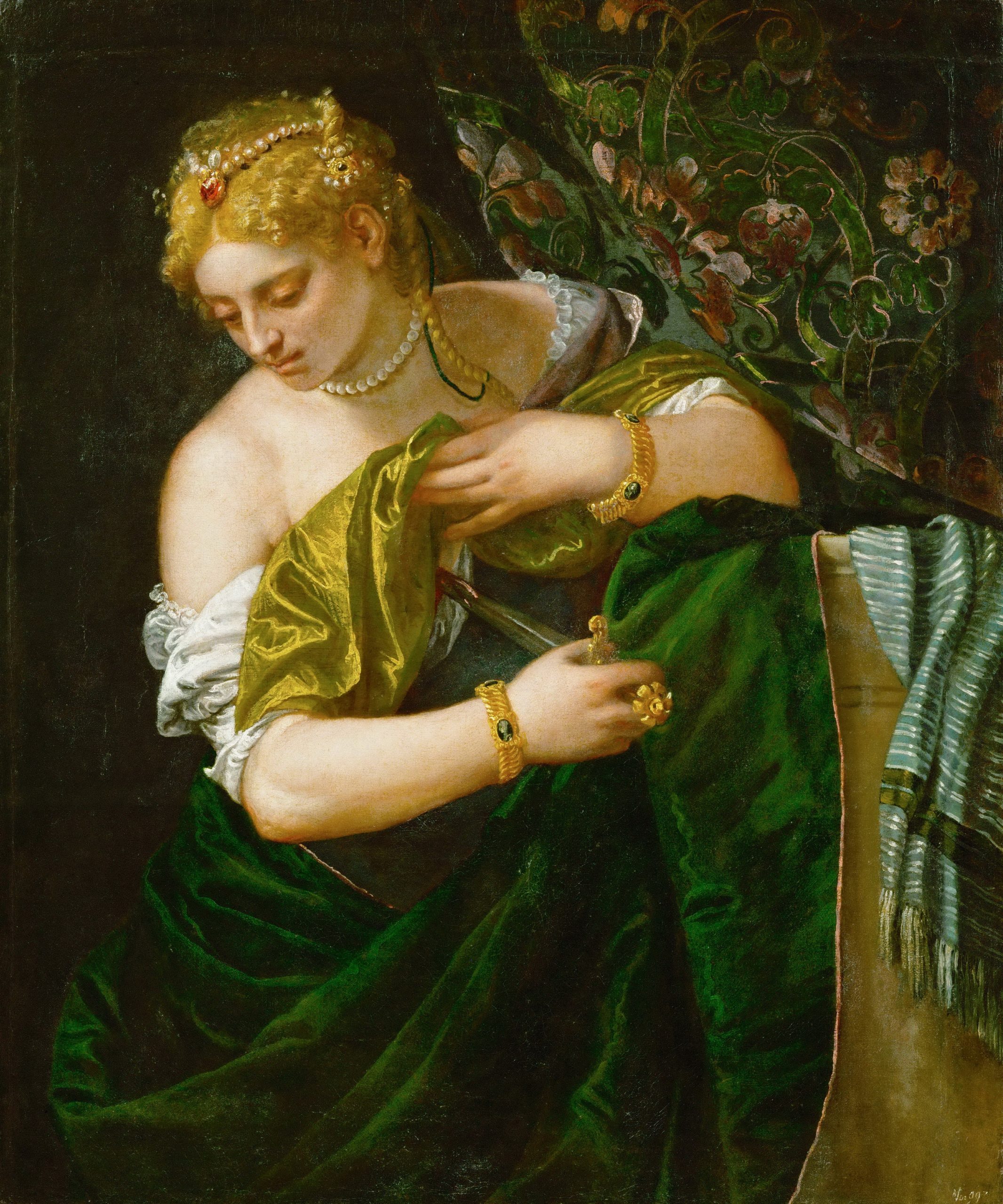
"Lucrezia" di Paolo Veronese L'arte di guardare l'Arte
Paolo Veronese was a renowned Italian Renaissance painter from Venice. He is best known for his large-format history paintings, which merged the genres of religious art, mythology and allegories into immense compositions that were both epic and entertaining.

Una grande mostra celebra Paolo Veronese nella sua città na
AboutTranscript. Paolo Veronese, Feast in the House of Levi, 1573, oil on canvas, 18 feet 3 inches x 42 feet, Accademia, Venice Speakers: Dr. Beth Harris and Dr. Steven Zucker. Created by Beth Harris and Steven Zucker. Questions.
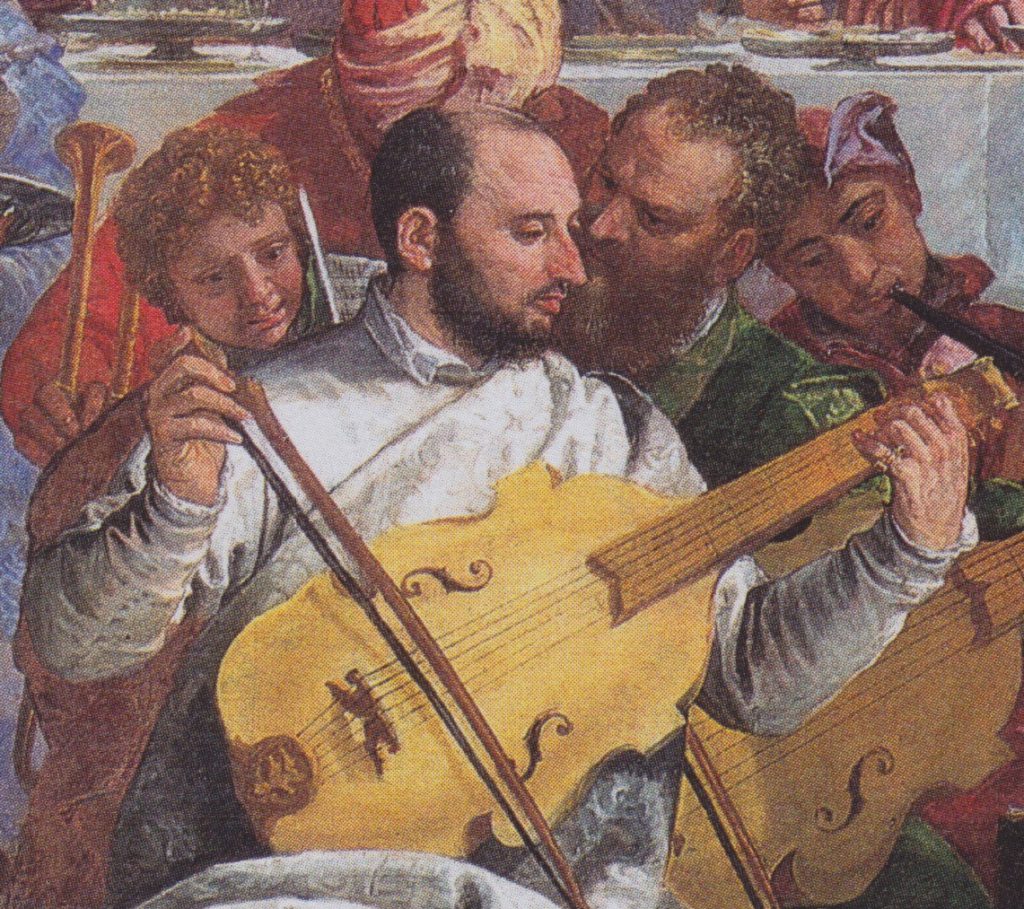
Paolo Veronese and the painting of the Late Renaissance SciHi Blog
Paolo Veronese 1528 - 1588 Paolo was born in Verona - hence his nickname 'Veronese'. His father was a stonecutter and his mother was the illegitimate daughter of a nobleman called Caliari, a name the artist adopted in the 1550s.

Paolo Veronese, paolo veronese biography, famous art works, painting style, abstract oil
These four paintings by Veronese concern the trials and rewards of love, although their precise meanings remain unclear and have been much debated. The titles are not original and were given to the paintings in 1727. The scenes are not necessarily meant to go in any particular order. The compositions are designed to be seen from below, so we.

CIRCLE OF PAOLO CALIARI, CALLED PAOLO VERONESE PORTRAIT OF A YOUNG LADY, BUST LENGTH, IN A
The Finding of Moses. Oil on canvas. Ca. 1580. Veronese, Paolo (Paolo Cagliari) This scene from the Old Testament (Exodus II, 5-6) depicts the moment when the Pharaoh´s daughter and her ladies-in-waiting remove from the Nile River the basket in which baby Moses was placed by his Hebrew mother in order to save him from the slaughter of boy children ordered by that ruler.
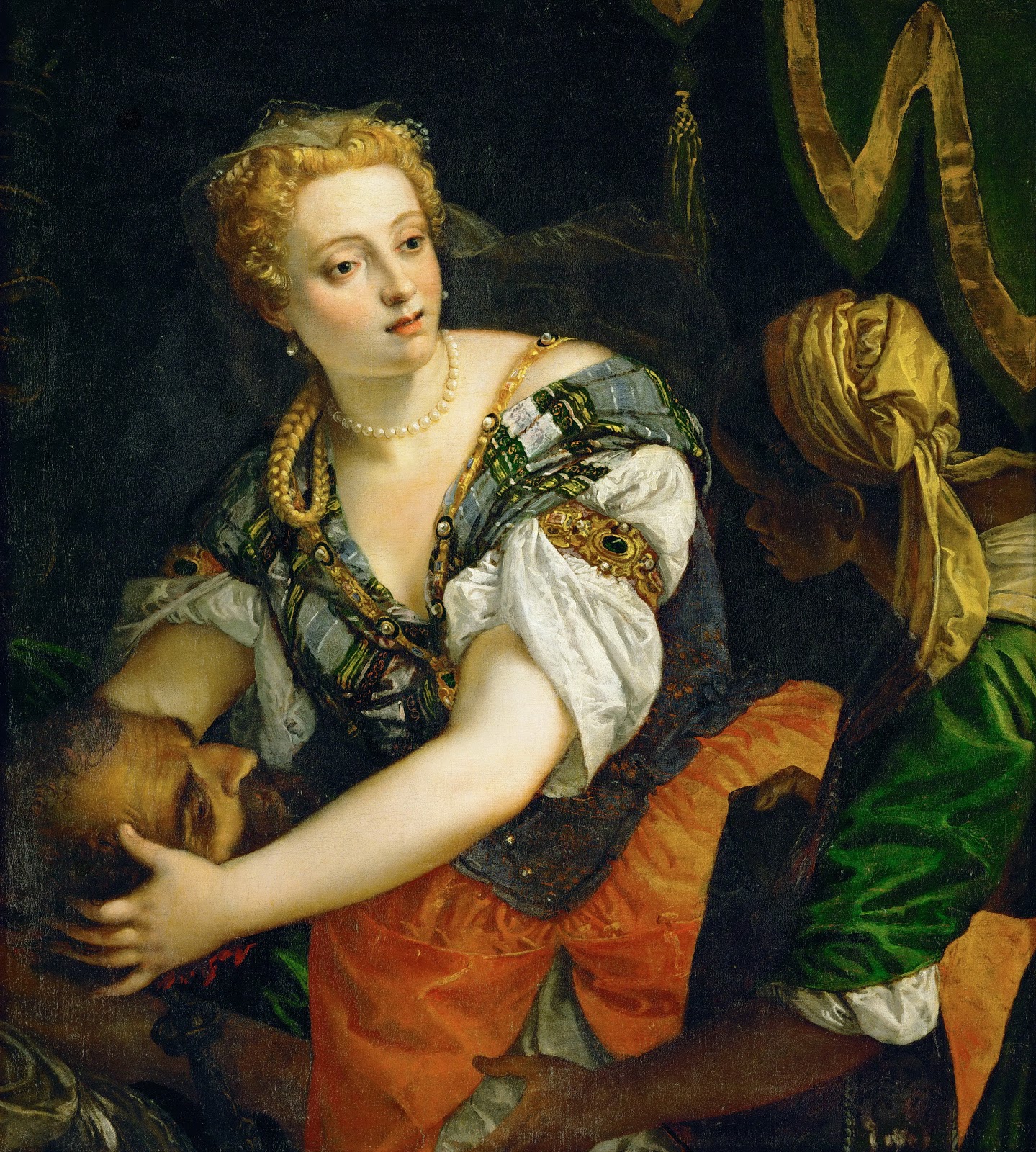
Paolo Veronese Late Renaissance Mannerist painter Part 3 Tutt'Art Pittura • Scultura
The painting is inscribed on the lowest stone step with the date 1573 in Roman numerals. Veronese completed several other large paintings in 1573, including the Feast in the House of Levi for SS. Giovanni e Paolo and the Madonna del Rosario for S. Pietro Martire (both now in the Accademia, Venice). While this would suggest that Veronese's.

Cena in Casa di Simone di Paolo Veronese Collezione Ottocento in collezione The Circle
Transcript of the trial: On Saturday, July 18, 1573, Paolo Caliari Veronese who lives in the parish of San Samuele, Venice was summoned to appear before the Holy Tribunal by the Holy Office [the inquisition], there he stated his name when asked. When asked what he did for a living, he responded, "I paint and make figures."
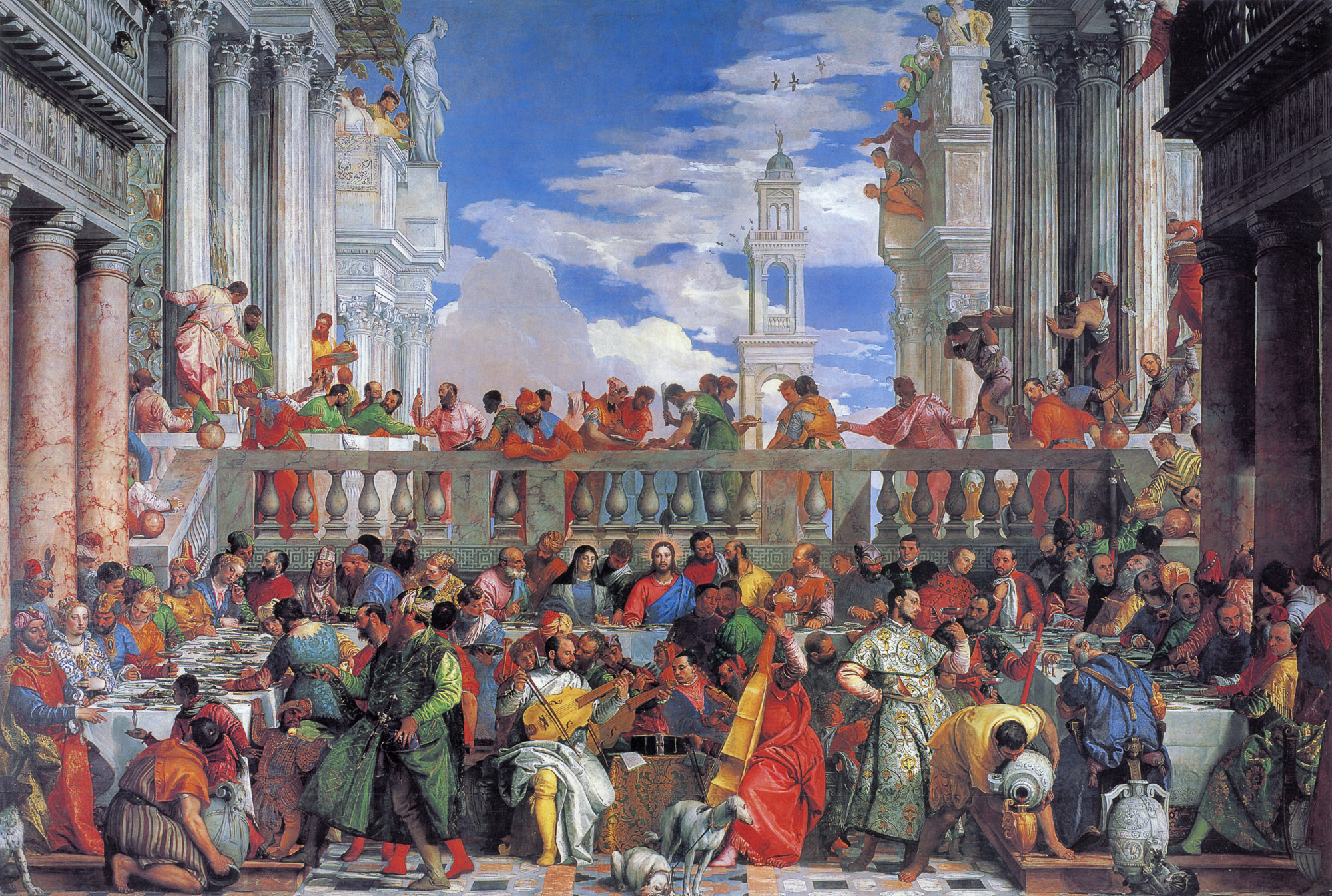
The Language of the Banquet Reconsidering Paolo Veronese’s Wedding at Cana InVisible Culture
Paolo Veronese Italian Painter Born: 1528 - Verona, Italy Died: April 19, 1588 - Venice, Italy Movements and Styles: The Venetian School , Mannerism , High Renaissance Paolo Veronese Summary Accomplishments Important Art Similar Art and Related Pages

Paolo Veronese (15281588) "The Vision of Saint Helena" c. 1580 Renaissance Paintings
Paolo Veronese (1528-1588) was regarded as something of a child prodigy, Veronese matured into one of the most famous masters of the late Italian Renaissance. The artist belongs to the Venetian School and, though he post-dates the period by a generation, he is often grouped with the glorious triumvirate of Titian, Tintoretto and Giorgione.